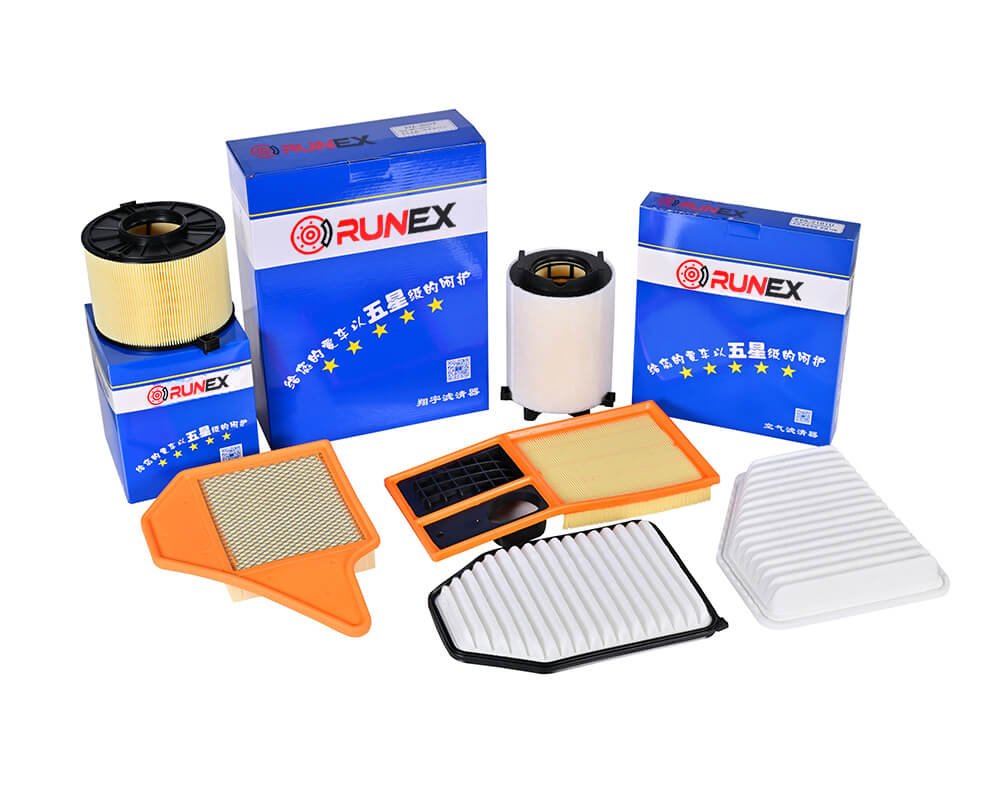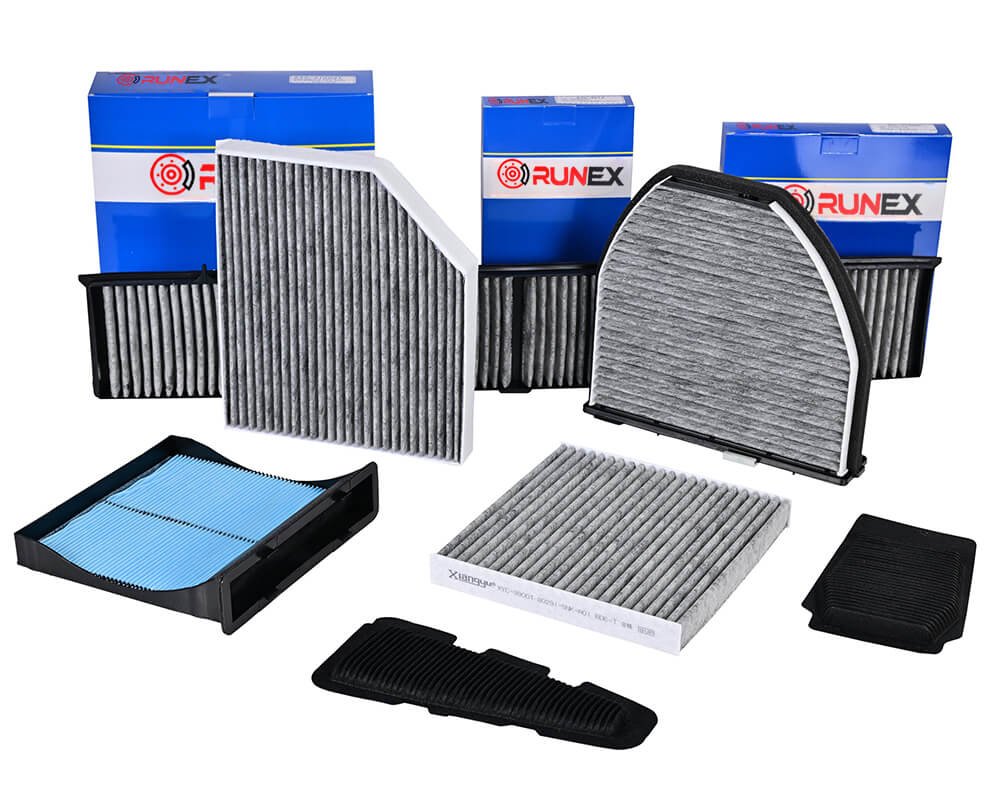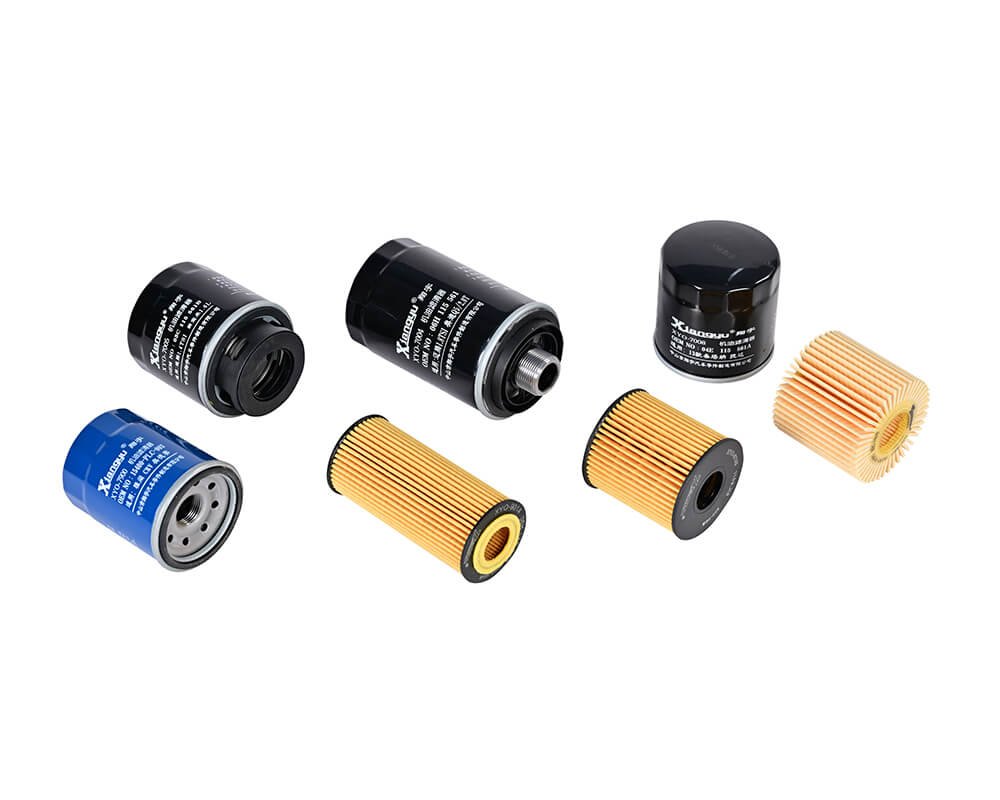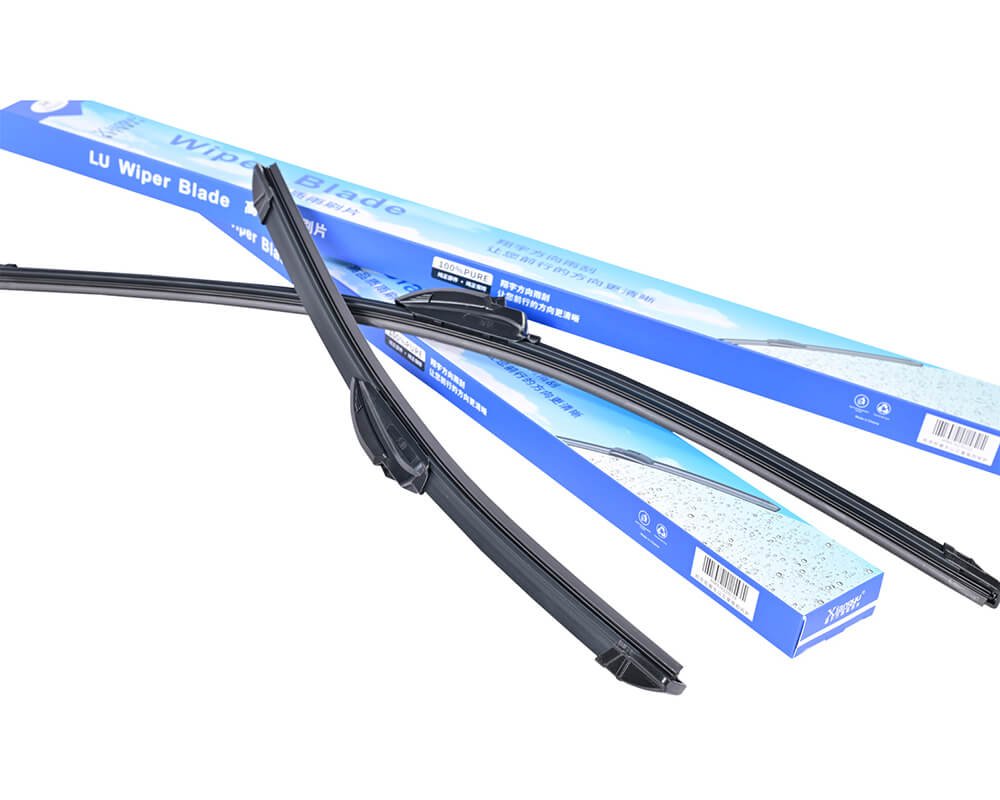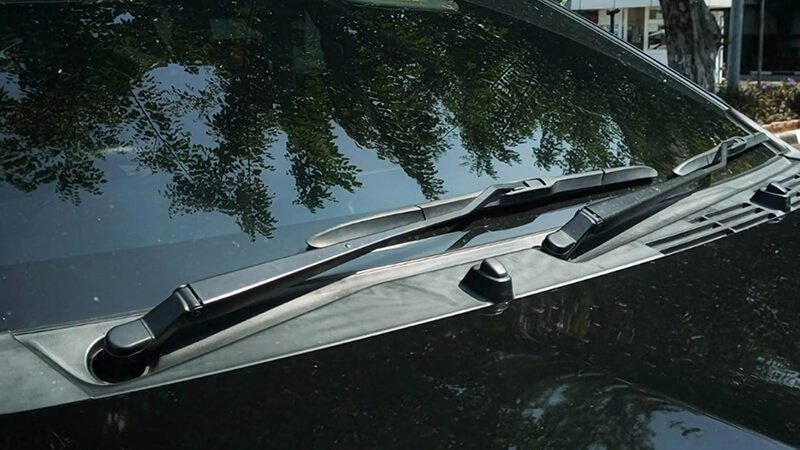If your oil filter feels like it's welded on, you're not alone. Many car owners—both DIYers and pros—face this exact problem during oil changes. It’s frustrating, messy, and time-consuming.
To remove a stuck oil filter by hand, ensure the engine is cool, grip firmly with dry hands, and rotate counterclockwise—avoid tools unless absolutely necessary. Runex Auto filters make this easier with thoughtful design.
Sometimes, the real issue isn't the removal technique, but the filter design itself. That’s why I always recommend using high-quality filters like ours at Runex Auto. In fact, one of our clients used to struggle with stuck filters—until they made the switch. Here’s how our oil filters eliminate that headache, and what to do when you still face resistance.

How to remove an oil filter that won't come off?
You twist and tug, but it doesn’t budge. The filter’s slippery, maybe even dented now. What’s going on here?
If an oil filter won’t come off, it’s likely overtightened or the gasket was installed dry. Use a dry towel to grip it better, and rotate counterclockwise. If necessary, move on to oil filter wrenches or strap tools.
Why oil filters get stuck
Many stuck filters are the result of two common issues:
- Overtightening1: When filters are tightened beyond hand-tight, the rubber gasket can compress too much, creating a vacuum-like seal.
- Dry gasket: If the gasket isn’t lubricated with a light film of oil before installation, it sticks to the engine block over time.
At Runex Auto, our oil filters are equipped with pre-lubricated nitrile gaskets2, designed to form a secure but non-binding seal. This means easier removal, even after thousands of miles.
Practical Removal Methods
| Method | Tools Needed | Pros | Cons |
|---|---|---|---|
| Bare Hand | None | Clean and simple | Limited grip strength |
| Strap Wrench | Strap wrench | Adjustable, fits all sizes | May slip if oily |
| Pliers | Filter pliers | Good grip | May crush filter |
| Screwdriver Punch | Screwdriver + hammer | Last resort | Messy and damaging |
By focusing on quality components3 and smart design, like we do at Runex Auto, you reduce the chance you’ll ever have to stab a filter with a screwdriver just to get it off.
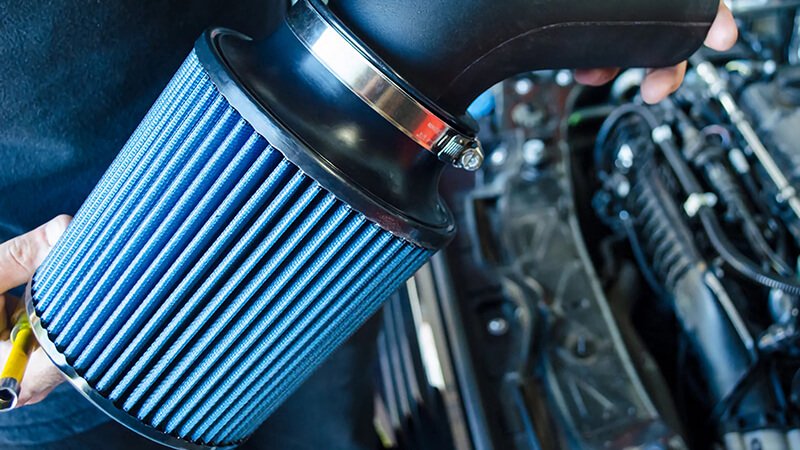
Can you take off an oil filter with your hand?
It feels like something only a pro could do, but is it really that hard?
Yes, in many cases you can remove an oil filter with your hand—especially if it was properly installed. Dry hands, a cool engine, and a firm grip are essential.
Hand Removal Success Depends on Proper Installation
The key here isn’t just strength—it’s how the filter was put on in the first place. A properly installed Runex Auto oil filter4 needs only hand-tightening during installation. That’s enough to seal securely without becoming immovable.
When filters are overtightened using tools, they often become impossible to remove by hand later. This is why we provide clear torque guidelines5 and anti-slip knurling6 on our filter canisters for extra grip during both installation and removal.
Best Practices
For Installation:
- Apply a thin film of oil to the gasket.
- Screw on until the gasket contacts the base.
- Tighten an additional 3/4 turn—by hand.
For Removal:
- Let the engine cool.
- Use nitrile gloves or a rubber grip mat for better traction.
- Twist counterclockwise with steady pressure.
Runex Auto filters are designed to make both steps intuitive, minimizing human error and mechanical frustration.

Can I use WD-40 to loosen an oil filter?
It’s a common household fix-all, but does it really work here?
WD-40 can sometimes help loosen a stuck oil filter by penetrating the threads or easing the rubber seal, but it’s not always effective or recommended due to contamination risks.
Is WD-40 Safe for Your Engine?
The short answer: not really. While WD-40 might work in some cases, it can:
- Drip into the engine block.
- Mix with oil.
- Cause unwanted residue around sealing areas.
That’s why I always suggest mechanical—not chemical—solutions. When clients ask me about this, I advise trying a proper grip tool or even warming the engine slightly (not hot!) to expand the metal housing.
Runex Auto Filters Are Built to Avoid This Need
Our filters feature:
- Micro-textured grip surfaces7 for manual removal.
- Treated gasket compounds8 that resist binding.
- Precision threads9 for consistent fitment.
You’ll rarely need external chemicals or sprays when you use a product that was engineered with the end-user in mind.
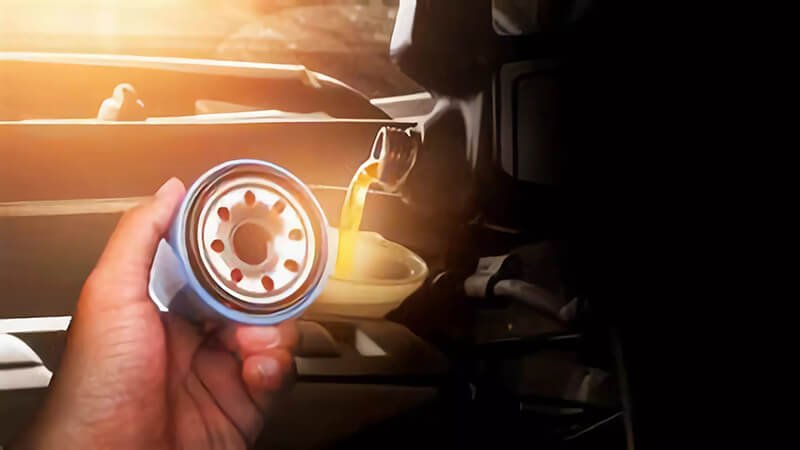
Can I use pliers to remove an oil filter?
Desperation sets in. The strap wrench failed. Your hands are sore. Can you just grab some pliers?
Yes, oil filter pliers or a filter wrench can be used, especially when the filter is overtightened. Be cautious: standard pliers can crush the filter or slip. Use purpose-built filter tools.
Choosing the Right Tool for the Job
Pliers can absolutely work, but they must be designed for oil filters. Generic pliers often slip or dent the housing. I’ve seen cases where customers tore open filters, leading to oil spills and more mess.
Here’s what I recommend:
Best Tool Options
| Tool | Description | Best For |
|---|---|---|
| Oil Filter Pliers10 | Adjustable jaws with strong teeth | Tough filters |
| Strap Wrench11 | Rubber strap with tension handle | Filters with slippery surface |
| Cap Wrench12 | Socket-style tool | Specific filter sizes |
| Chain Wrench | Metal chain grip | Very stubborn filters |
For our Runex Auto filters, standard cap wrenches often do the trick thanks to the uniform design of our canisters. And again, when installed right, you won’t often need any tool at all.
Damage Control
If you must use pliers:
- Grip at the bottom, not the top seal area.
- Don’t crush the housing—moderate pressure only.
- Clean the area after removal to ensure no contaminants enter the system.
A well-made filter, like ours, makes the whole process cleaner. It’s part of the user-first approach we bring to every product.
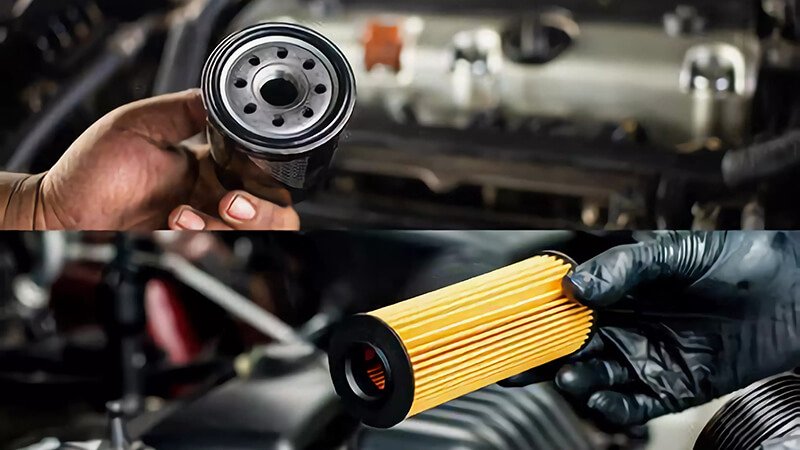
Conclusion
Removing a stuck oil filter13 doesn’t have to be a battle. Often, the real problem lies in how the filter was installed—or the quality of the filter itself. That’s why I always recommend using reliable products like Runex Auto oil filters. With features like pre-lubricated gaskets, anti-slip designs, and precision threading, they’re built to make oil changes smoother from start to finish. Whether you're a seasoned mechanic or doing your first oil change, the right filter saves time, tools, and stress.
-
Learn about the impact of overtightening on oil filters and how to avoid this common mistake for easier maintenance. ↩
-
Discover how pre-lubricated nitrile gaskets enhance oil filter performance and ease of removal, ensuring a better maintenance experience. ↩
-
Explore the significance of using quality components in automotive parts for improved performance and longevity. ↩
-
Learning about the significance of proper installation can save you time and effort in maintenance, ensuring your vehicle runs smoothly. ↩
-
Understanding clear torque guidelines is essential for ensuring proper installation and removal of oil filters, preventing damage and frustration. ↩
-
Exploring how anti-slip knurling enhances grip can help you achieve a more secure installation and easier removal of oil filters. ↩
-
Explore how micro-textured grip surfaces enhance grip and ease of use in automotive filters, making maintenance simpler and more efficient. ↩
-
Learn about the advantages of treated gasket compounds in preventing leaks and ensuring a secure fit in automotive applications. ↩
-
Discover the significance of precision threads in automotive filters for achieving a reliable and consistent fit, enhancing overall performance. ↩
-
Explore this link to find top-rated oil filter pliers that ensure a secure grip and prevent damage to your filters. ↩
-
Learn how a strap wrench can effectively handle slippery oil filters without causing damage, making your maintenance easier. ↩
-
Discover the best cap wrenches available that fit specific filter sizes, ensuring a perfect fit and easy removal. ↩
-
Find the best quality OEM Auto Oil Fillter from Runex Auto. ↩




